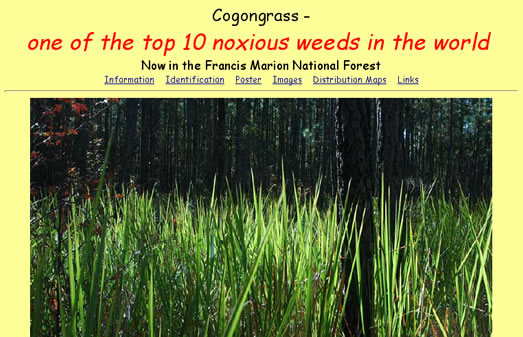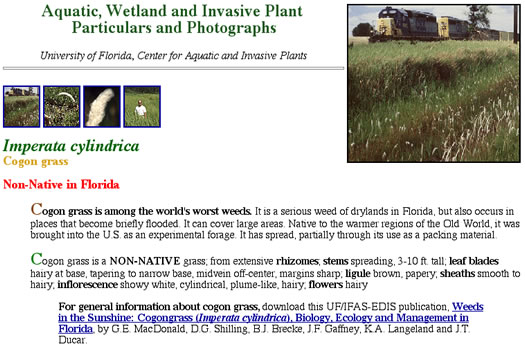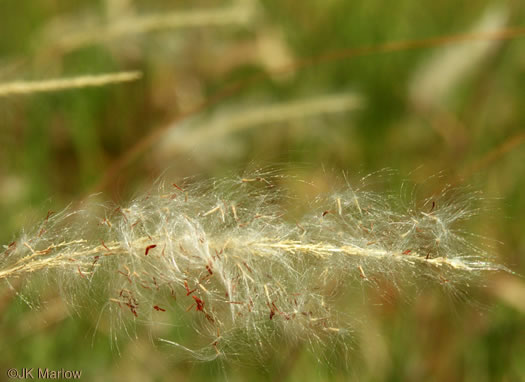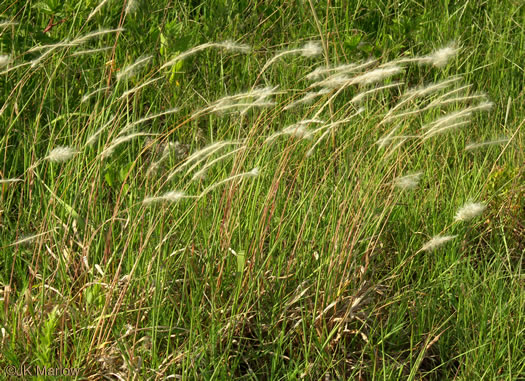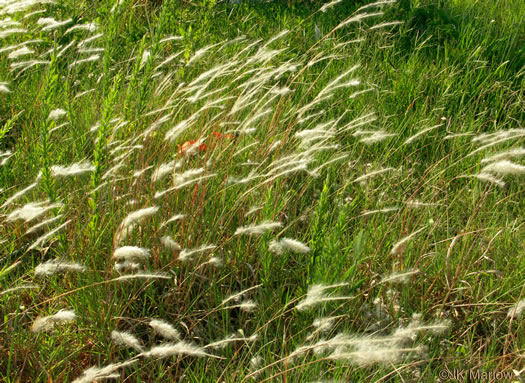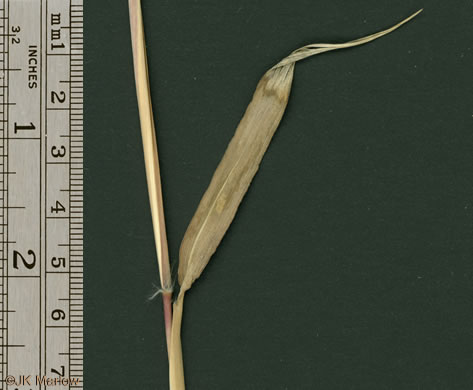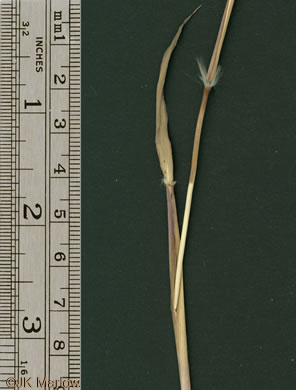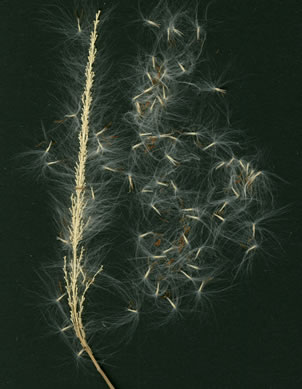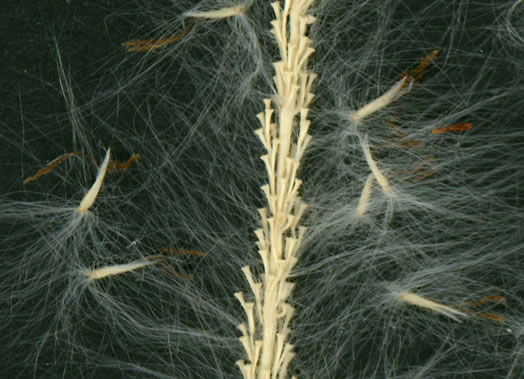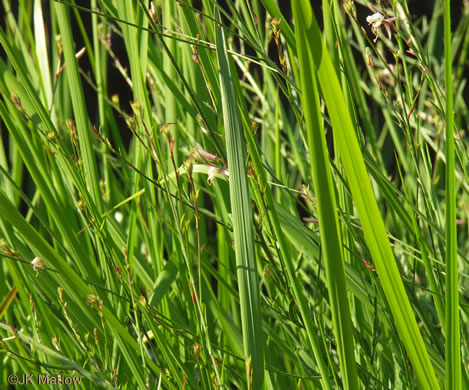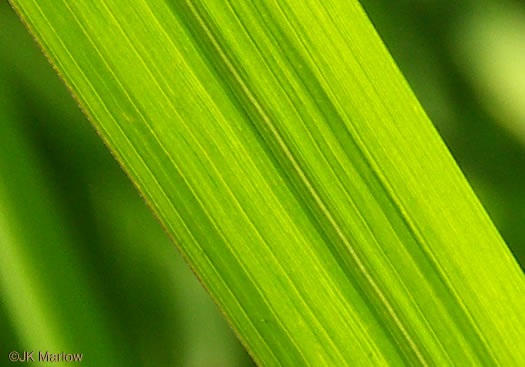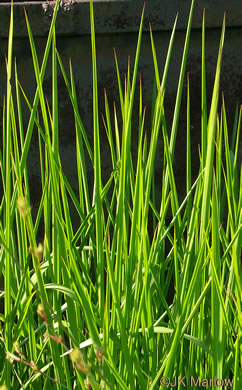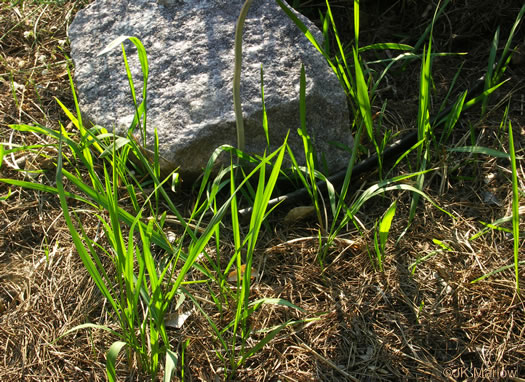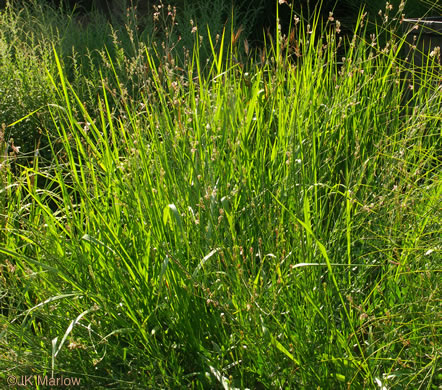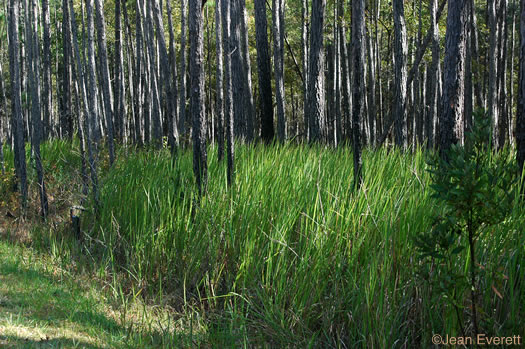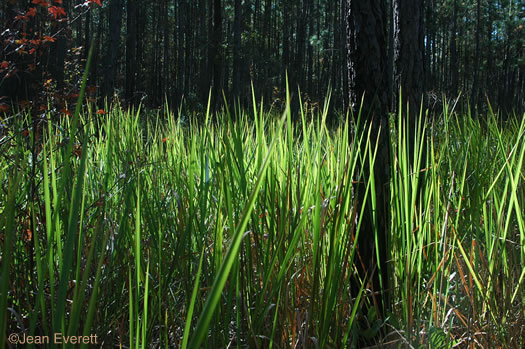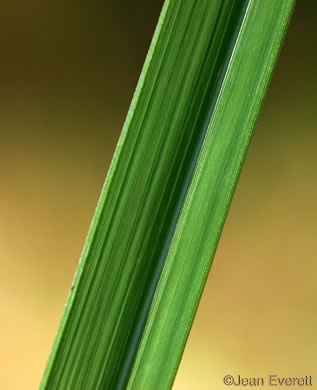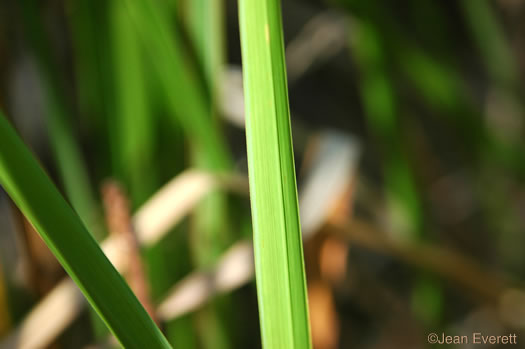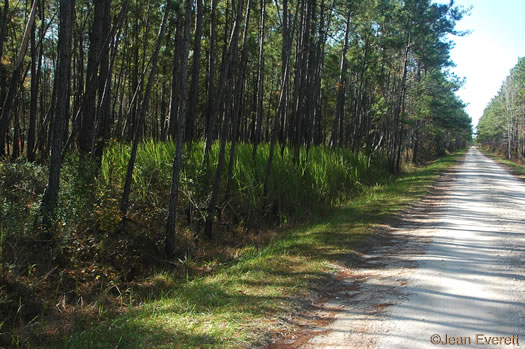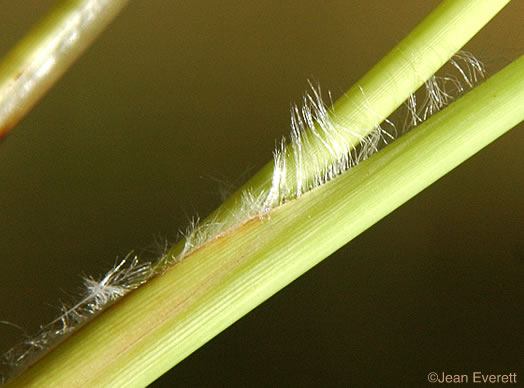Spermatophytes (seed plants): Angiosperms (flowering plants): Monocots: Commelinids: Poales
WEAKLEY'S FLORA OF THE SOUTHEASTERN US (4/14/23):
Imperata cylindrica
FAMILY
Poaceae
Go to FSUS key
Dig deeper at SERNEC, a consortium of southeastern herbaria.
Check out EDDMapS.org to see where this has been reported.
Learn more about Cogongrass from the Vascular Plants of North Carolina.
SYNONYMOUS WITH
PLANTS NATIONAL DATABASE:
Imperata cylindrica
FAMILY
Poaceae
SYNONYMOUS WITH Floristic Synthesis of North America. BONAP (Kartesz, 2021)
Imperata cylindrica
INCLUDED WITHIN Grasses of Florida (Hall, 2019)
Imperata cylindrica
SYNONYMOUS WITH New combinations in the Florida flora II (Ward, 2004)
Imperata cylindrica var. cylindrica
SYNONYMOUS WITH Flora of North America north of Mexico, vol. 25 (2003)
Imperata cylindrica
SYNONYMOUS WITH Floristic Synthesis of North America (Kartesz, 1999)
Imperata cylindrica
SYNONYMOUS WITH Manual of the Grasses of the US (Hitchcock & Chase, 1950)
Imperata cylindrica
COMMON NAME:
Cogongrass, Bloodroot Grass, Brazilian Satintail
To see larger pictures, click or hover over the thumbnails.
JK Marlow jkm080604_003
June Greenville County SC
Roadside
Spikelike, tightly branched panicle. Spikelets obscured by silky hairs, per Nonnative Invasive Plants of Southern Forests (Miller, 2003).
JK Marlow jkm080604_021
June Greenville County SC
Roadside
Silky spikelike panicles are terminal, cylindrical, 1-8" long, 0.2-1" wide, per Nonnative Invasive Plants of Southern Forests (Miller, 2003).
JK Marlow s080604_e2
June Greenville County SC
Roadside
Grain released with hairy husks for wind dispersal, per Forest Plants of the Southeast and Their Wildlife Uses (Miller & Miller, 2005).
JK Marlow jkm080702_013
July Pickens County SC
Leaf margins finely serrate, per Field Guide to the Identification of Cogongrass.
JK Marlow jkm080702_020
July Pickens County SC
Cogongrass blades are varying heights - even as high as 6' - averaging 3-4'
JK Marlow jkm080702_041
July Pickens County SC
New plants arise from horizontal underground stems or "rhizomes", per Field Guide to the Identification of Cogongrass.
JK Marlow jkm080702_045
July Pickens County SC
Cogongrass typically grows in dense patches, often circular, per Field Guide to the Identification of Cogongrass.
Jean Everett jbeicylindrica_clumpsmtg
November Charleston County SC
Francis Marion National Forest
Clumps about to meet.
Jean Everett jbeicylindrica_habit
November Charleston County SC
Francis Marion National Forest
Habit.
Jean Everett jbeicylindrica_leaftop
November Charleston County SC
Francis Marion National Forest
Top side of leaf.
Jean Everett jbeicylindrica_lfmidvein
November Charleston County SC
Francis Marion National Forest
Off center midvein.
Jean Everett jbeicylindrica_roadside
November Charleston County SC
Francis Marion National Forest
Roadside stand.
Jean Everett jbeicylindrica_sheathb
November Charleston County SC
Francis Marion National Forest
Hairs on sheath.
WEAKLEY'S FLORA OF THE SOUTHEASTERN US (4/14/23):
Imperata cylindrica
FAMILY
Poaceae
SYNONYMOUS WITH
PLANTS NATIONAL DATABASE:
Imperata cylindrica
FAMILY
Poaceae
SYNONYMOUS WITH
Floristic Synthesis of North America. BONAP (Kartesz, 2021)
Imperata cylindrica
INCLUDED WITHIN
Grasses of Florida (Hall, 2019)
Imperata cylindrica
SYNONYMOUS WITH
New combinations in the Florida flora II (Ward, 2004)
Imperata cylindrica var. cylindrica
SYNONYMOUS WITH
Flora of North America north of Mexico, vol. 25
Imperata cylindrica
SYNONYMOUS WITH
Floristic Synthesis of North America (Kartesz, 1999)
Imperata cylindrica
SYNONYMOUS WITH
Manual of the Grasses of the US (Hitchcock & Chase, 1950)
Imperata cylindrica
If a search such as "Carex leptalea var. leptalea" doesn't deliver the results you want, try "Carex leptalea".
Or, to minimize chances of a misspelling, try just "Carex le".
Less is more: If "pencil flower" doesn't deliver the results you want, try "pencil".

